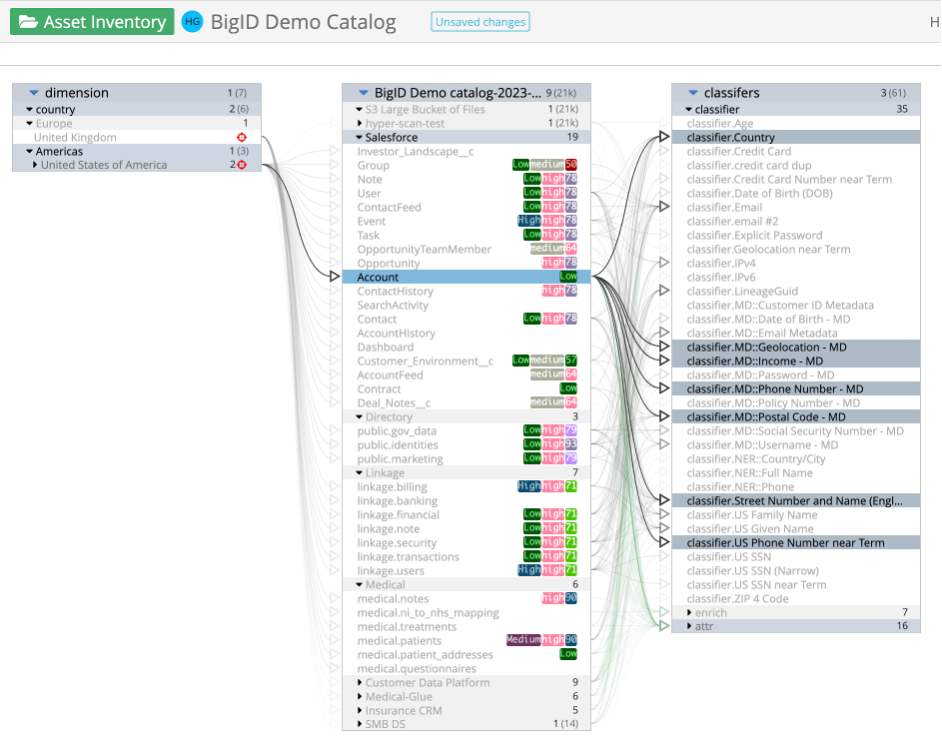Combining Data and Metadata Management: the Lowdown

Last month, Lexology reported on the new data standards that will form a part of the National Defense Authorization Act (NDAA)
Requiring the US Treasury Department “to set, and other federal regulators to implement, data reporting standards for the financial entities that they regulate,” it’s just one example of the many new regulatory hurdles – not just in the US but around the world – that data practitioners within banks and other regulated industries are having to navigate.
Against this backdrop, our recent announcement that Solidatus and BigID are partnering to extend data governance will be hugely welcome, as it’ll satisfy increasing user demand for a unified solution to expose, link and visualize organizational metadata that enables actionable insights from quality, privacy and security data.
But in this short blog post, we’ll dig a little deeper, asking:
BigID are a leader in data security, privacy, compliance, and governance: enabling organizations to proactively discover, manage, protect, and get more value from their data in a single platform for data visibility and control.
Combining this data platform with the Solidatus metadata governance and lineage capability gives clients full management and control of both their data and their metadata, ensuring full control and transparency that is critical for successful data management.
BigID helps clients manage the scope and scale of their enterprise data across multiple cloud instances.
Linking your BigID infrastructure with your Solidatus enterprise lineage modelling allows you to:
Using Solidatus to visualize and understand the structure and scope of metadata within BigID allows firms to gain insight into the source, flow, and use of data across the entire organisation. Key benefits include:
Combining these two platforms allows clients to:
To wrap up, let’s whet your appetite with a view of what some BigID catalog info looks like when mapped into a Solidatus model.

Published on: April 4, 2023